The common names for plants evoke bygone days of folktales and legends. But have you ever stopped to wonder why on earth they are called what they are called? It's notoriously difficult to know the real reasons, but here we take you through a few common plant names and some theories of their origins.
Here's more on Latin plant naming.
Wondering why plant names keep changing?
Common plant names and where they come from
Foxglove (Digitalis purpurea)
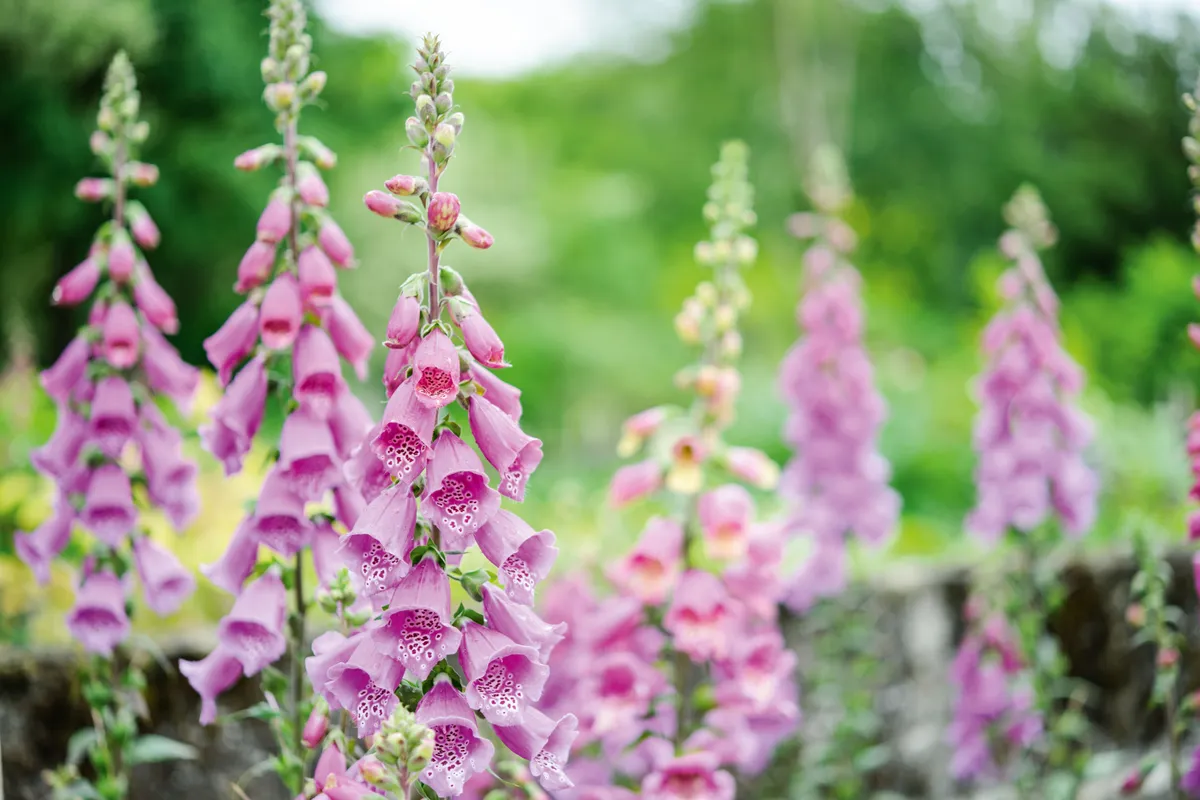
We know Digitalis purpurea by its common name of foxglove. Poisonous, even fatal in small doses, they are a beautiful, other-worldly addition to a garden. Foxes glofa is its original Anglo-Saxon name, which means the glove of a fox, as the blossoms are glove shaped. But why it's a fox's glove is not known.
Crab apple (Malus sylvestris)
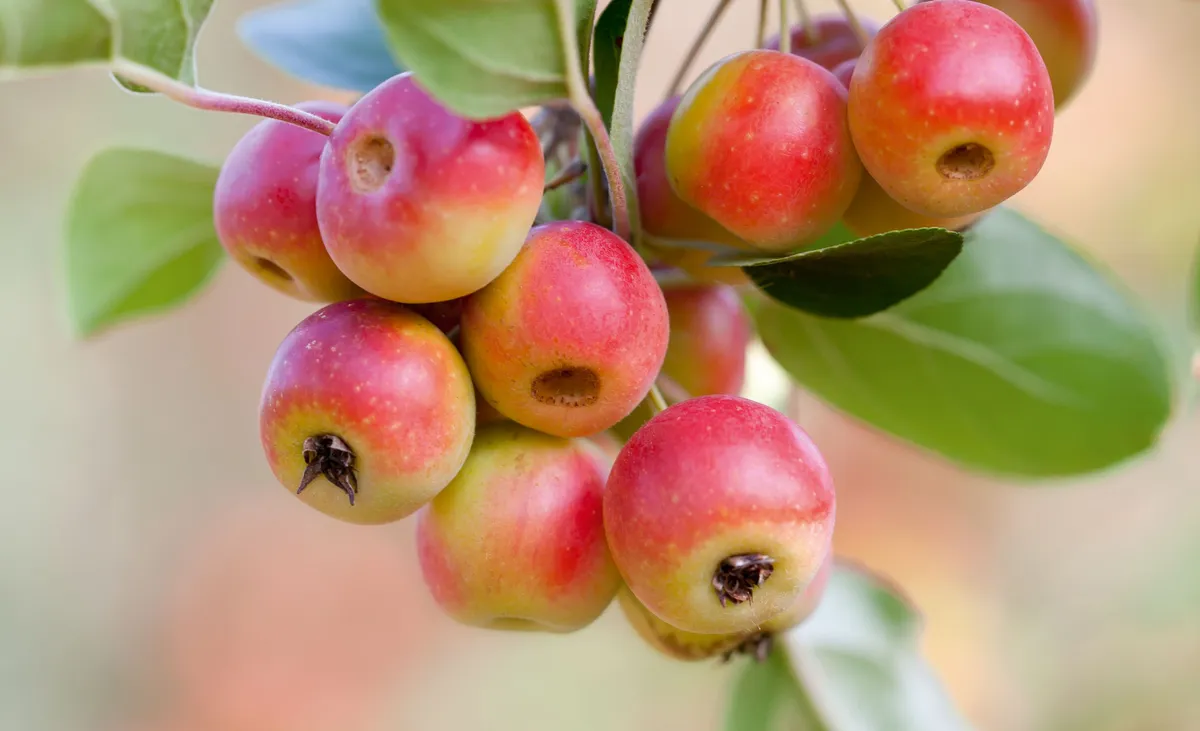
The crab apple is the original apple – the wild apple – and predates all apples that are grown on trees in this country. The etymology of the name is debatable, but some think it comes from the Scottish for scrab or scrabbe, which has a Norse source. Many believe that the word crab comes from the fact that the apples were very sour and the word crabbed was a bit how your stomach felt after you ate one.
Read our crab apple plant profile.
More on...
Lords and ladies (Arum maculatum)
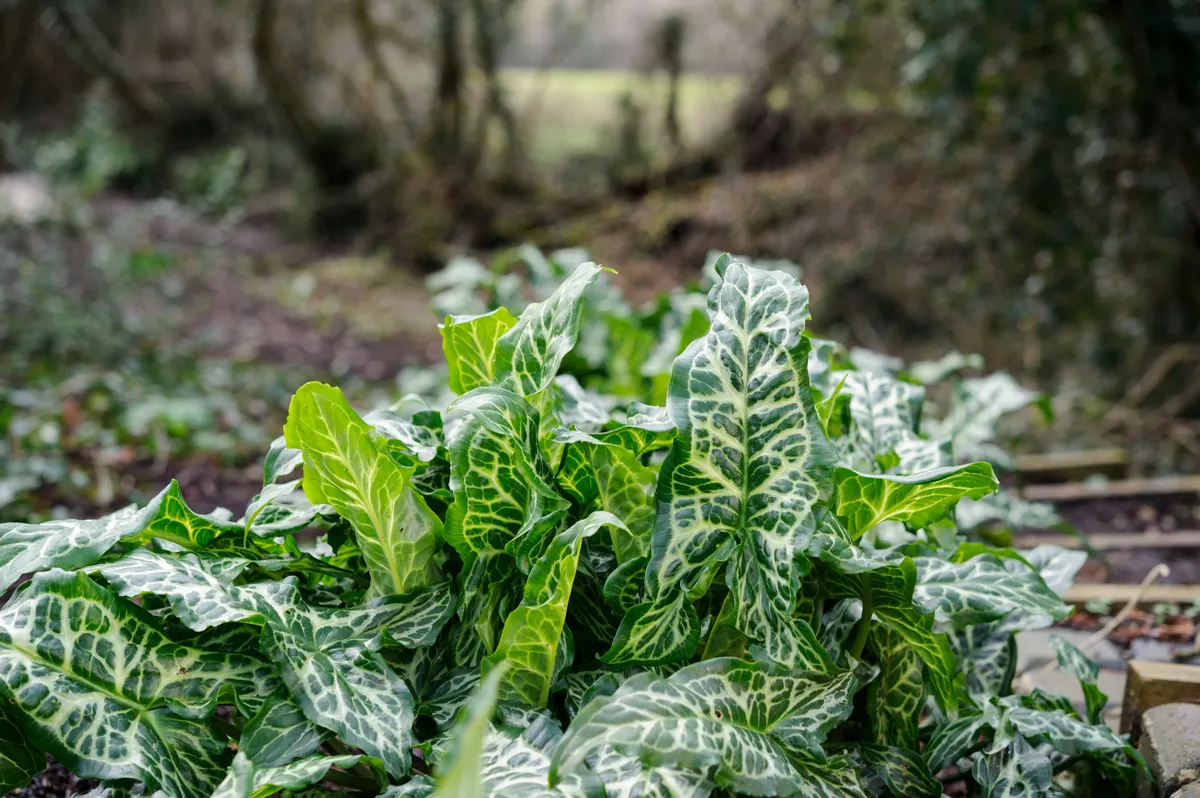
Arum maculatum has many names throughout Europe and beyond, including lords and ladies. All parts of the plant are dangerous and the red berries are a big warning sign in gardens. Also called cuckoo pint, theories of why these are called lords and ladies include that there is an obvious male part and an obvious female part. It is said that there was a game played by children to see which flower was first, the lord or the lady.
Witch hazel (Hamamelis virginiana)
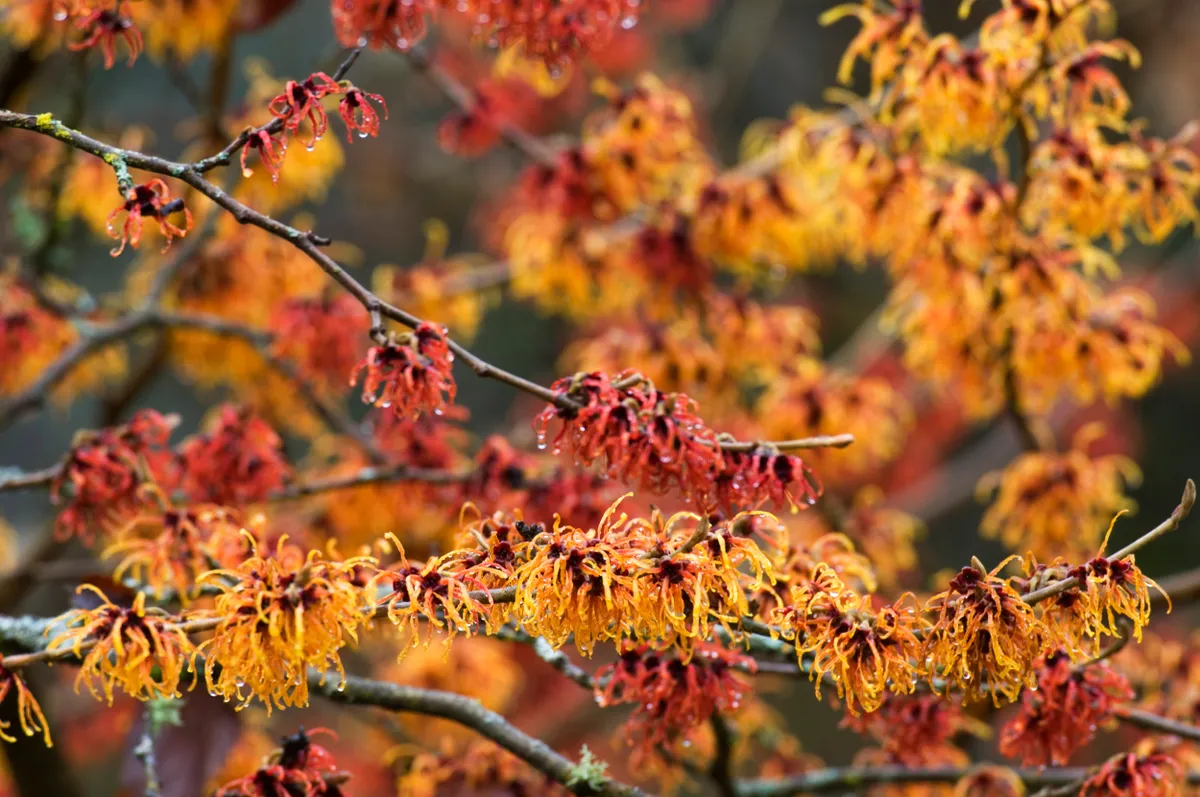
Witch comes from the old English word to bend. The branches of the witch hazel were used for water divining and the word wych ahead of wych elm is also of similar etymology. The branches were also pliable.
Here's everything you need to know about witch hazel.
Turmeric (Curcuma longa)
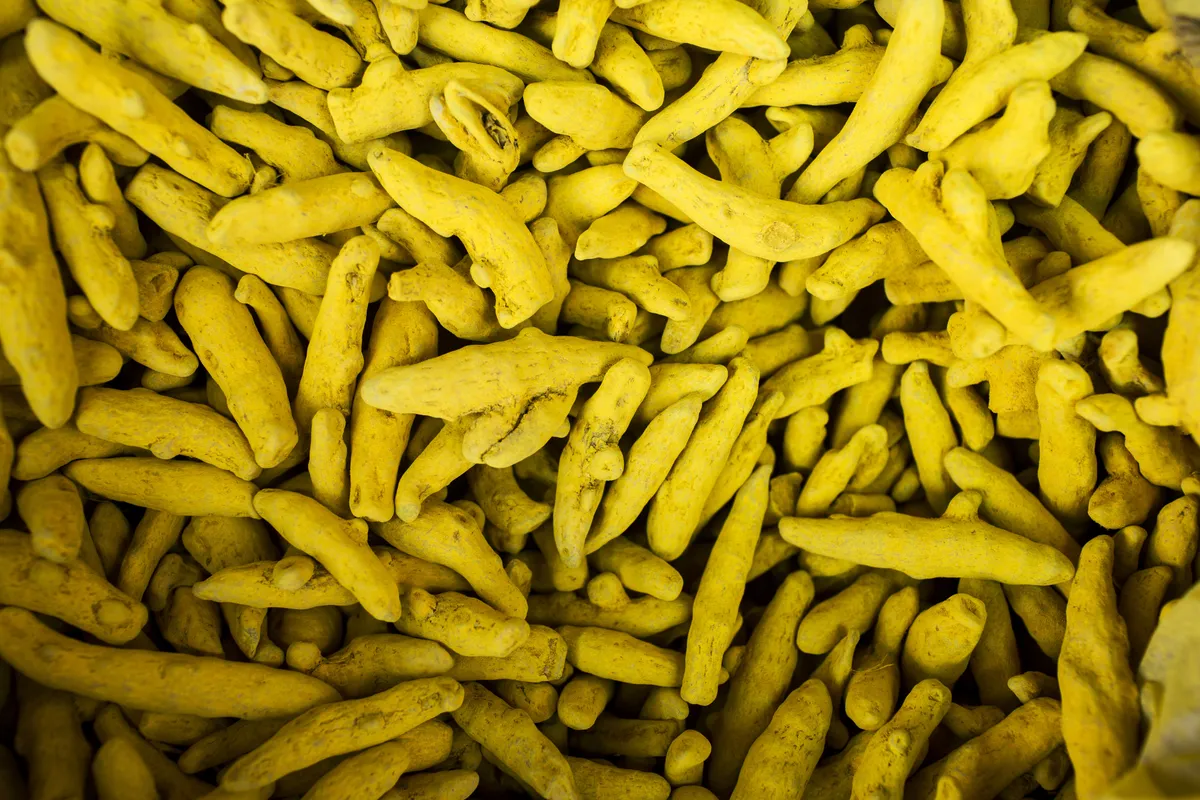
This name comes from old French terre merite which means good earth. The tropical Asian zingiberaceous plant Curcuma longa, has yellow flowers and an aromatic underground stem. The roots are used in cooking and as a yellow dye.
Dog rose (Rosa canina)
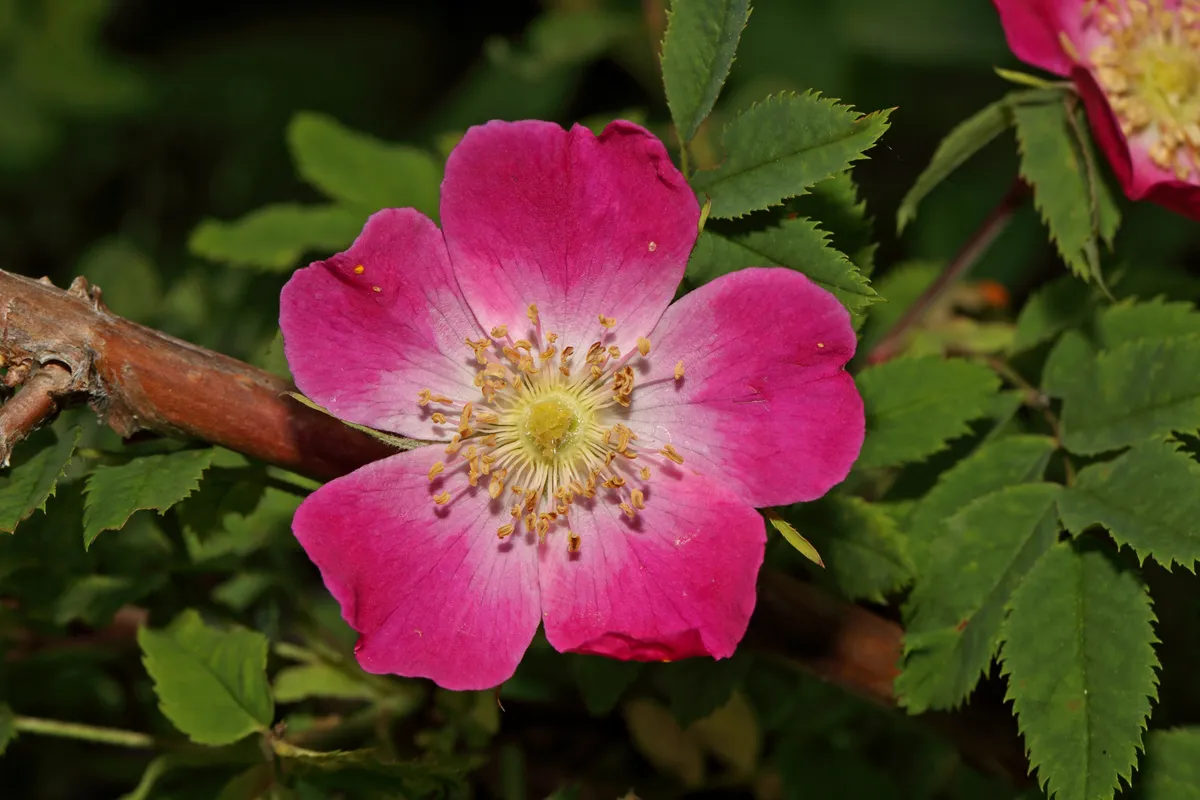
It was believed that the nectar of this plant was helpful if you had been bitten by a rabid dog. Often called wild rose, in medieval times a rose was left at the end of a maiden's bed to signify a king's interest in her company. The rosehips are very high in vitamin C and dog roses can be found in hedgerows, woodland edges and on scrubland all over the UK.
Cowslip (Primula veris)
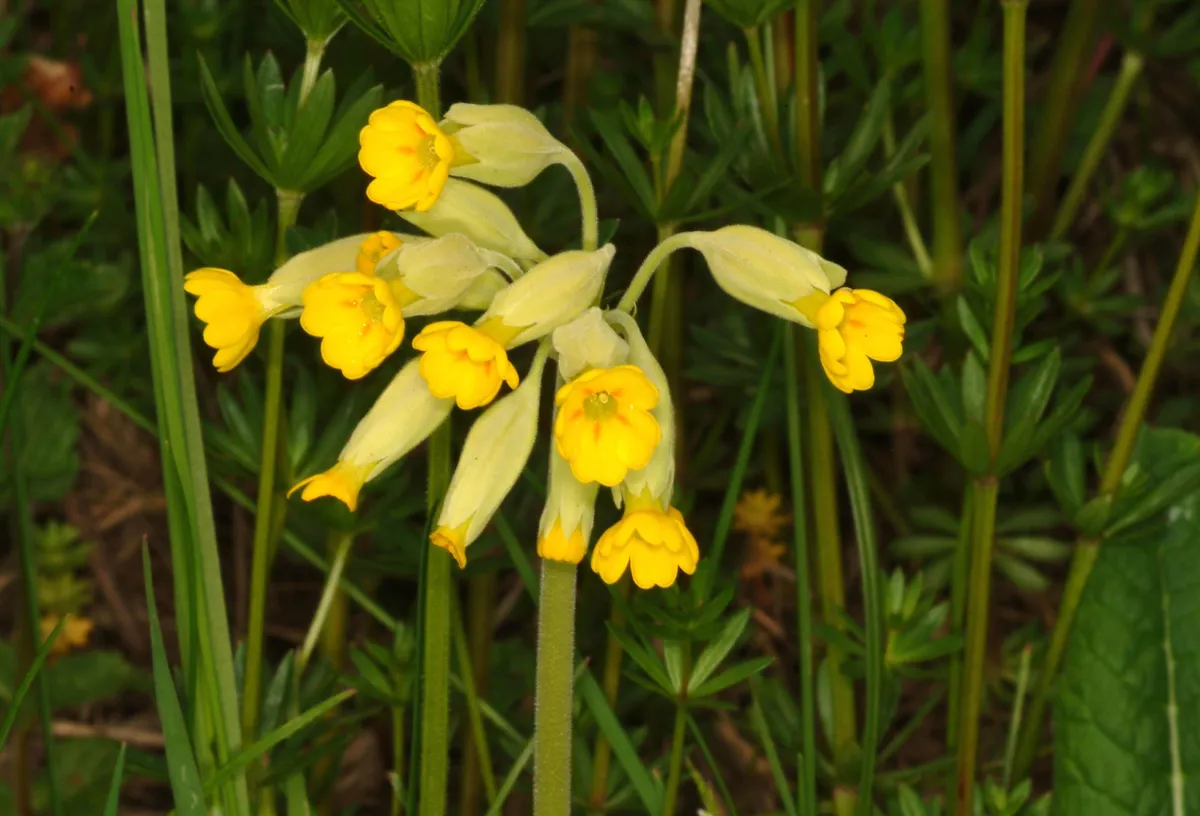
The name cowslip reportedly comes from the Middle English cu sloppe, which ultimately means cowpat. Presumably the flower has this name because it tends to pop up throughout cow's grazing fields.
Butcher’s broom (Ruscus aculeatus)
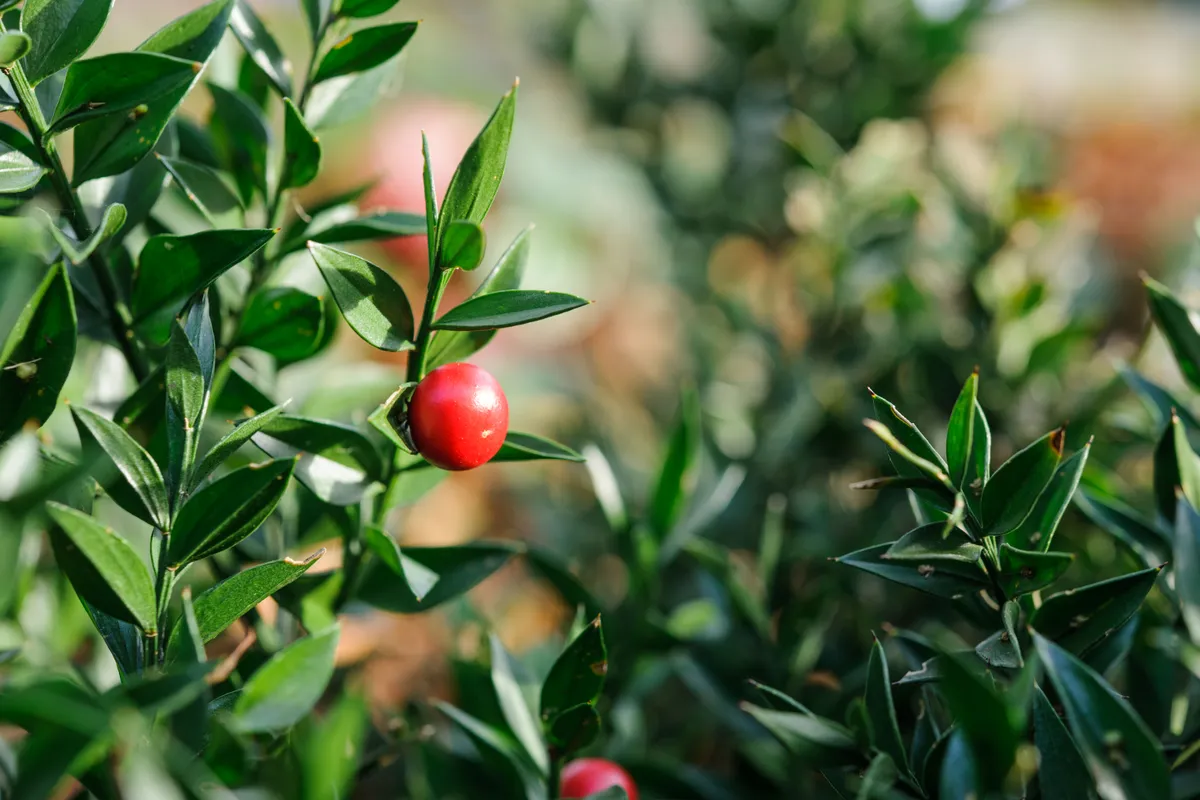
Apparently, the stems of the Ruscus aculeatus were used to clean butchers' chopping blocks and stalls. It belongs to the lily family and other uses for its spikes include cleaning chimneys and repelling rats and mice.
Bird's foot trefoil (Lotus corniculatus)
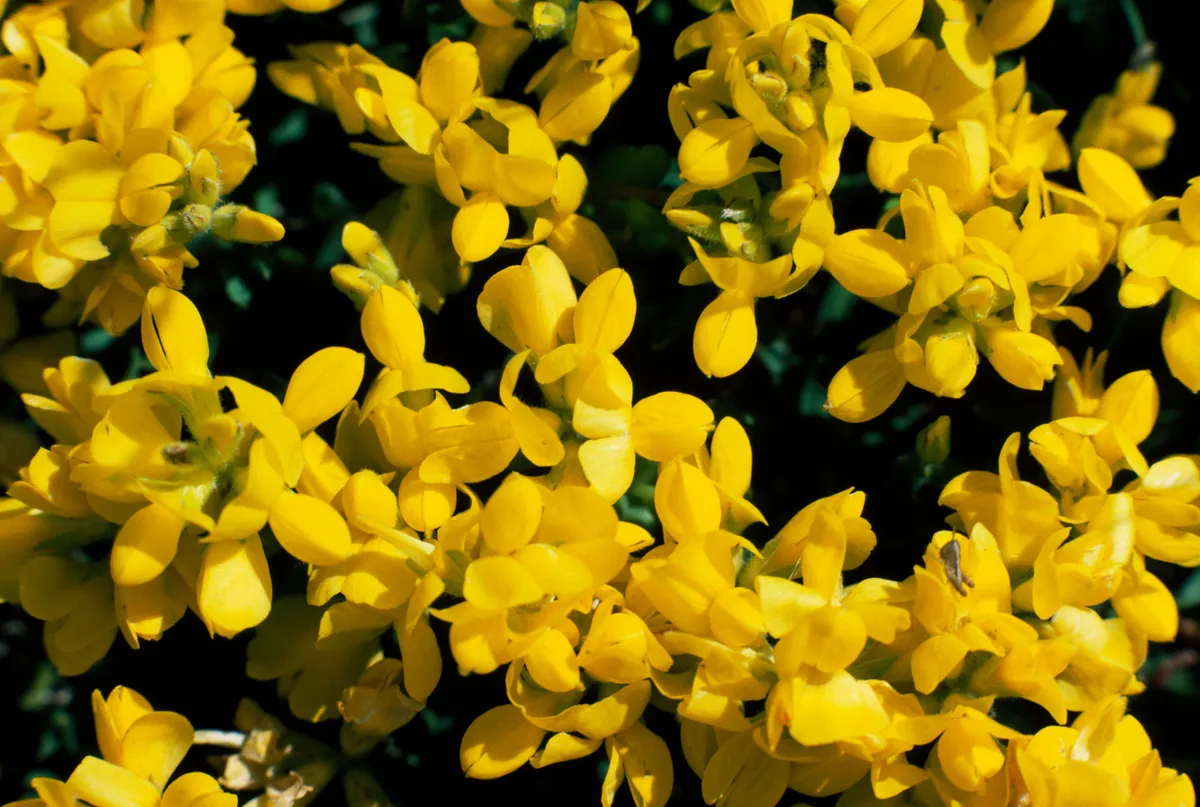
The beautiful colour of this wild flower has also prompted names for it including eggs and bacon and hen and chickens. Bird's foot (known as granny's toenails by some) reflects the claw-like seedpods of the species.
Fleabane (Erigeron)
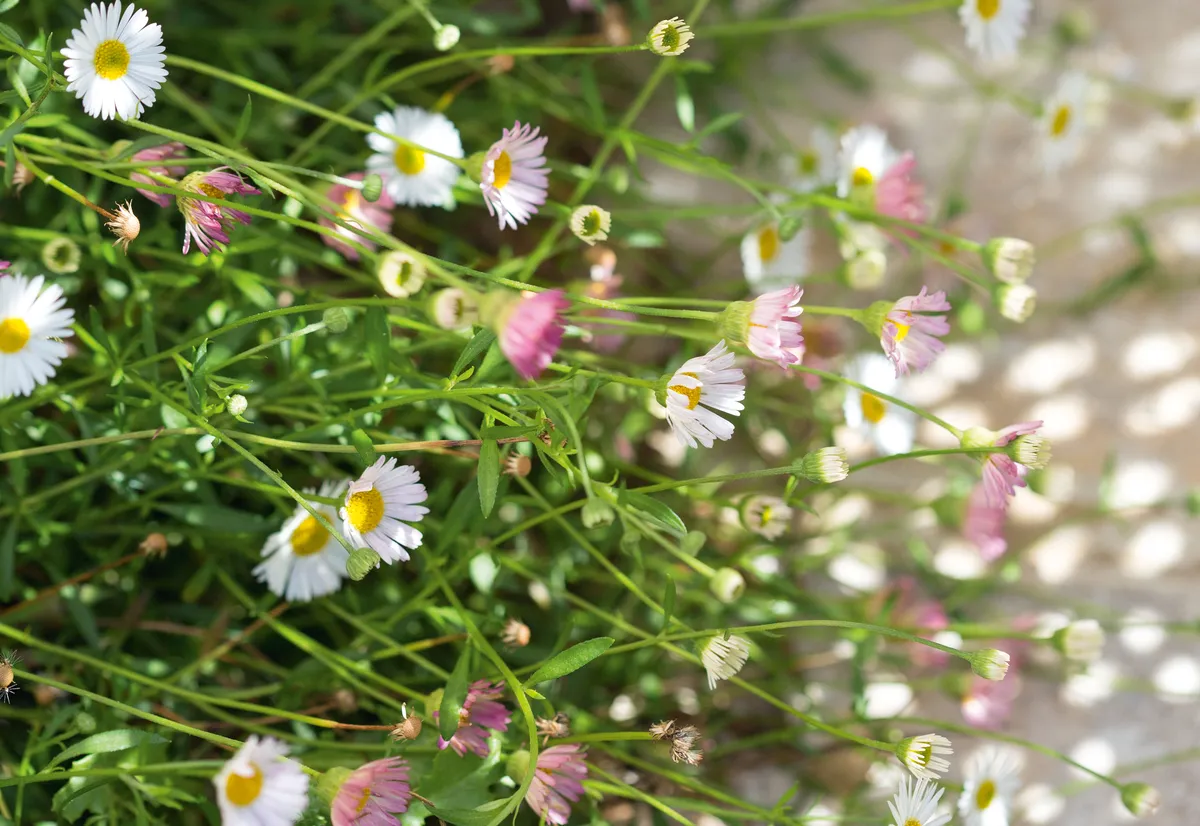
From the daisy family, these little flowers were once thought to be a treatment for fleas. Its name Erigeron comes from Greek meaning "early" and "old man". This could be a reference to the plant's late spring blossom and its white fuzzy seedheads.
Devil’s-bit scabious (Succisa)

This very literal name refers to the fact that the roots of this wildflower are short and stubby and look as though the devil has abruptly bitten them off. Legend goes that the devil was angry at its medicinal properties so chomped down on the roots.
